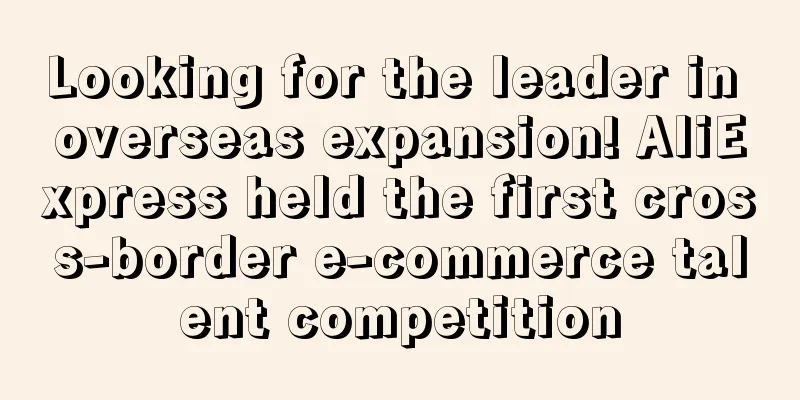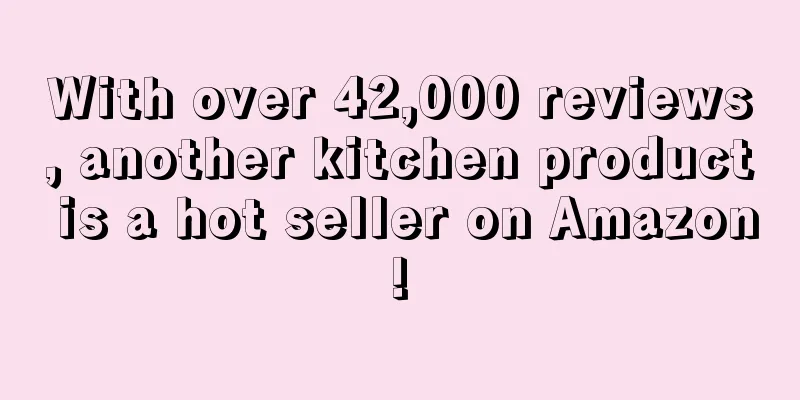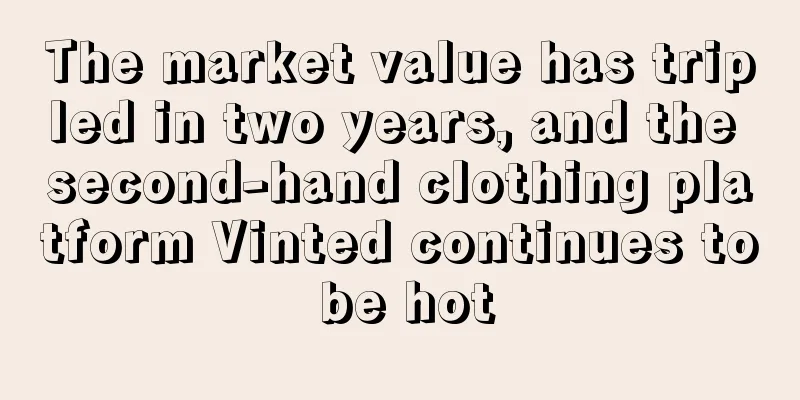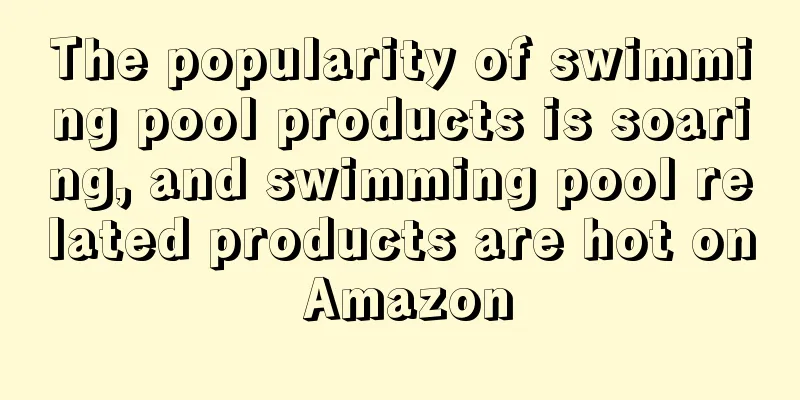Amazon's US advertising costs are the highest, and CPC growth is slowing down
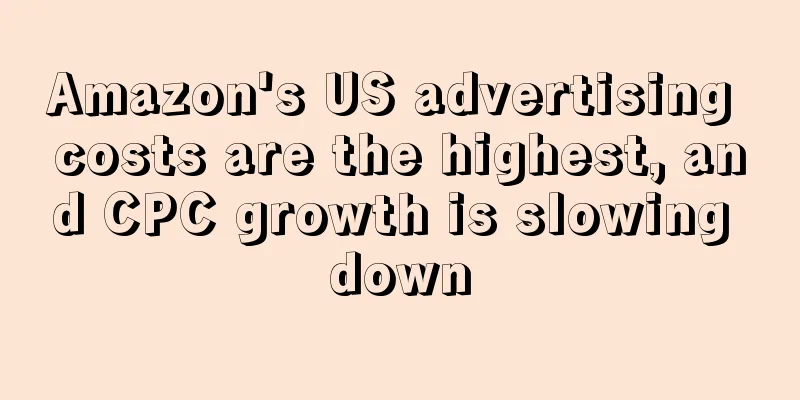
|
Amazon advertising costs 68% less than Google
During the epidemic, the online advertising market grew rapidly. According to IAB data, in 2021, US online advertising spending increased by US$50 billion to US$189 billion, a growth rate of 35%, the highest increase since 2006.
Google, Facebook and Amazon are the top three online advertising platforms. In the first quarter, Google, Facebook and Amazon's advertising revenues were $54.6 billion, $26.9 billion and $7.8 billion, respectively.
Sellics calculated the cost of advertising on major platforms, namely the cost per click (CPC). Sellics data shows that globally, Amazon's CPC is 75 cents. This is 68% lower than the cost of clicks on the Google platform, 86% lower than the professional social network LinkedIn, and even compared with its competitor Walmart, Amazon's cost is 25% lower.
Sellics data also shows that the cost per click on Amazon's US website has increased by 22% year-on-year from 2021 to 2022. Although Amazon's CPC has steadily increased, it still has unique advantages over other competitors.
“What makes Amazon stand out is more than just the lower cost per click. Amazon as a retail platform has huge reach and traffic, and users have high purchasing intent when browsing its website. These factors make Amazon advertising highly cost-effective,” said Thomas Ropel, chief marketing officer of Sellics, in a statement.
At the same time, Google's changes in privacy schemes have made its advertising less attractive. Amazon, which has first-party sales data, is relatively less affected. It can be seen that compared with independent sites that rely on platforms such as Google to attract traffic, Amazon sellers still have certain advantages in terms of cost and efficiency.
Sellics also analyzes Amazon’s main advertising performance indicators (click-through rate, conversion rate, average order value, return on advertising expenditure, and advertising sales cost) that sellers are concerned about.
In the US market, the best performing categories in terms of return on ad spend (ROAS) and advertising cost of sales (ACOS) were: Tools & Home Improvement ($4.04 ROAS, 24.8% ACOS) and Sports & Outdoors ($3.31 ROAS, 30.2% ACOS).
The worst performing categories were Beauty & Personal Care ($2.27 ROAS, 44.1% ACOS), Baby ($2.37 ROAS, 42.1% ACOS), and Health & Home ($2.55 ROAS, 39.3% ACOS).
Amazon’s advertising performance indicators vary in different markets around the world. For example, in the United States, Amazon’s ROAS is the lowest in the world, at $2.81 (for every $1 spent), but its CPC is the highest in the world, at 87 cents. This may be related to the fierce competition in the US market.
Germany has the highest return on ad spend (ROAS) of all major markets worldwide at $3.90, with a relatively cheap CPC of $0.47 (or €0.40). France has a ROAS of $3.81 (just 2% lower than Germany), while the cost per click is just $0.38 (or €0.33).
This is therefore an attractive offer for sellers planning to expand into the French and German markets.
Another good news for sellers on the Amazon platform is that Amazon’s CPC growth rate is also slowing down.
Good sign: Amazon platform CPC growth slowed down in the first quarter
Recently, marketing agency Tinuiti released the " Amazon Advertising Revenue and Expenditure Report for the First Quarter of 2022 " . Among them, the growth of commodity and brand promotion advertising expenditures and CPC growth have slowed down compared with the previous quarter and the same period last year, while the growth of display advertising expenditures has soared to 92%.
The report shows that Amazon's spending on product promotion ads in the first quarter of 2022 only increased by 9% year-on-year, and clicks decreased by 6% year-on-year (clicks on product promotion ads have been declining since the third quarter of last year), while CPC growth slowed to the lowest level since the first quarter of last year.
In the same first quarter, sales growth from Amazon's sponsored product ads exceeded spending growth for the first time (but only slightly). In terms of advertising return on investment (ROI), the ROI of sponsored product ads in the first quarter of 2022 did not change much compared with the same period last year.
At the same time, the growth of brand promotion advertising spending also slowed from 21% in the fourth quarter of last year to 8% in the first quarter of this year. Similar to product promotion advertising, the growth of brand promotion advertising spending was slightly lower than the sales growth it brought.
Display ads are more popular among sellers. Data shows that Amazon's display advertising spending increased from 31% in the fourth quarter of 2021 to 92% in the first quarter of 2022.
Since Amazon plans to hold the Prime Day event in July this year, the advertising expenditure of sellers in the third quarter of this year will increase significantly. It is understood that because Amazon held the Prime Day event in June last year, the growth of product promotion advertising expenditure in the second quarter of last year soared from 28% in the first quarter to 38% in the second quarter. This also shows that many sellers will increase their advertising budget during the Prime Day promotion period.
Combining the feedback from most sellers and the data in this report, the CPC that sellers are most concerned about has been increasing, but the growth rate has slowed down significantly in the first quarter of this year, down 3% year-on-year. The CPC growth rate of product promotion ads decreased from 23% in the fourth quarter of 2021 to 15% in the first quarter of 2022. The growth rate dropped to 19% in January, and remained at 14% in February and March.
The CPC for brand promotion advertising only increased by 3% year-on-year (8% in the fourth quarter of 2021), and showed negative growth in February, but increased by 6% in March.
Looking at each category, the CPC of product promotion ads in the sports, pet products and book categories increased by more than 20% year-on-year, while the CPC of health and personal care and baby products categories decreased year-on-year.
Amazon's demand-side platform ( a type of marketing advertising that sellers with a certain sales scale are eligible to participate in ) continued to outpace product promotion and brand promotion advertising, growing 13% year-on-year, with 6% growth in impressions and 7% growth in CPM. At the same time, 60% of this type of advertising spending was spent on mobile phones in the quarter, followed by PCs at 31%.
Overall, the advertising costs on the Amazon platform have been on an upward trend, and the CPC of various products has also been rising. For sellers, the increase in advertising costs has greatly squeezed the profit margins of products, but compared with other third-party e-commerce platforms or social media platforms, Amazon's traffic costs still have advantages. Amazon Advertising cost advantage CPC growth slows down |
Recommend
What is bohowe? bohowe Review, Features
bohowe is the world's leading online retailer ...
A large number of Amazon accounts were suddenly subject to second review, and more than 30 sellers’ accounts were affected
According to folk custom, the sixth day of the Lu...
Effective in June! A US state may ban Temu
In addition to a bill signed against TikTok some ...
InPost launches the first new QR code return system, allowing returns without labels
Parcel logistics company InPost has launched a re...
US live e-commerce market to reach $25 billion
It seems that all overseas platforms have joined ...
What is Ware2Go? Ware2Go Review, Features
<span data-docs-delta="[[20,{"gallery"...
ContextLogic Releases Second Quarter Financial Report and Reveals Three Future Initiatives
On August 13, Beijing time , ContextLogic, the pa...
What is Amazon Europe Renovation Project? Amazon Europe Renovation Project Review, Features
Platform Introduction Amazon encourages sellers t...
How to use TikTok? Here is a guide!
Speaking of the most popular short video platform...
Japan's personal cash holdings exceeded 100 trillion yen for the first time!
According to the statistics on fund circulation f...
Biden officially announced: The Port of Los Angeles will be open 24 hours a day to alleviate the cargo backlog problem!
U.S. President Joe Biden on Wednesday urged the p...
What is Shanghai Hongshan International Logistics Co., Ltd.? Shanghai Hongshan International Logistics Co., Ltd. Review, Features
Shanghai Hongshan International Logistics Co., Ltd...
What is NinjaOutreach? NinjaOutreach Review, Features
NinjaOutreach is a powerful, one-stop influencer ...
The market for women's outdoor shoes is growing rapidly, and fashion and personalization are the key to product selection
Benefiting from the social venue blockade caused ...
With daily sales exceeding 200,000, how does Aopeng operate its independent website?
How can independent sites do better! How to make ...




